When Google launched Google+ in June, 2010, it was for adults only. Now it's open to anyone 13 or older. The reason Google kept teens off the service at first is not because the social network was ever about what we euphemistically call "adult content," but because Google wanted to take extra time to get it right before opening the doors to people under 18.
After several months of testing, Google thinks it's reached a good balance. In rolling out the teen welcome mat, Bradley Horowitz, Google's Product VP for Google+ said, "We want to help teens build meaningful connections online. We also want to provide features that foster safety alongside self-expression. Today we're doing both, for everyone who's old enough for a Google Account (13 in most countries)."
Before opening Google+ for teens, Google consulted with child safety and teen safety experts including ConnectSafely.org, a non-profit Internet safety organization where I serve as co-director along with Anne Collier. And to help parents better understand Google+, Anne Collier and I wrote A Parents Guide to Google+ and helped Google with its new Google+ Teen Safety Guide.
For the most part, teens' experience on Google+ will be just like adults, but there are some special safeguards for users under 18. Google didn't put any major breaks on teens -- it's giving them plenty of freedom to express themselves to their friends or even to the world, but it did make some of the default settings for teens more restrictive than for adults. If teens (or adults) decide to change them, they can, but how a service sets its defaults is very important. It's a type of recommendation -- the company's way of saying "this is how we think most people should use our service," and -- besides -- most people never get around to changing defaults.
Circular logic
Everyone on Google+ is encouraged to create circles where they group their friends and other contacts. You could have a circle of just family members, another circle of schoolmates and another circle of people on your soccer team. You can have as many circles as you want and you can call the circles whatever you want to call them. People in your circles are notified, but don't know the name of the circle(s) you've put them in. And it's asynchronous. You can be one of my circles, but you don't have to put me in any of yours. In that case, you'd see what I post to circles you're in but I'd only see what you post to the public, unless you added me to one of your circles.
Circles work the same for teens as they do for adults, but there are some special safeguards consisting of warnings and different default settings.
- If teens post something directed to extended circles or the public, they'll get a warning reminding them that "when you share to your extended circles, people you haven't added to your circles will be able to view your post and may be able to comment."
- All Google+ users can control "who can notify me." For adults, the default is "anyone," but for teens the default is people in their circles. Adults can make their settings more restrictive and teens can make theirs more open, but the default for teens is designed to limit who can contact them.
- By default, anyone can comment on an adult's public posts, but for teens it's only people in their circles.
- There are also some differences in the profile defaults. Your profile is where others can see a bit about who you are and who you interact with on Google+. By default, employment and Education can be seen by anyone (Public) if you're an adult, but for teens, the default is "just your circles."
- Adults' "Relationship Status" can be seen by people in their extended circles, but only in "your circles" for teens.
- In the hang-out feature, up to 10 people can have a video chat. For teens if someone outside any of their circles joins in, the teen is temporarily pulled out of the hangout and asked if they want to continue. It's a way of pausing the action for a second and encouraging the teen to think about whether he or she wants to remain in this hangout.
The precautions that Google put into place will help remind teens about safe and appropriate use of Google+ but, as my ConnectSafely co-director Anne Collier pointed out in a blog post, "Just as with most protections and any services on the social Web, these are not about control. Users choose to go with the defaults -- or not." And even services that have strict controls can't always enforce them. "There's always a workaround even for the strictest safeguards any parent or site might impose," said Collier, "including software that disallows social networking sites altogether."
Disclosure: Larry Magid serves as co-director of ConnectSafely.org, which receives financial support from Google, Facebook and other social media companies.
This article also appears on Forbes.com and SafeKids.com